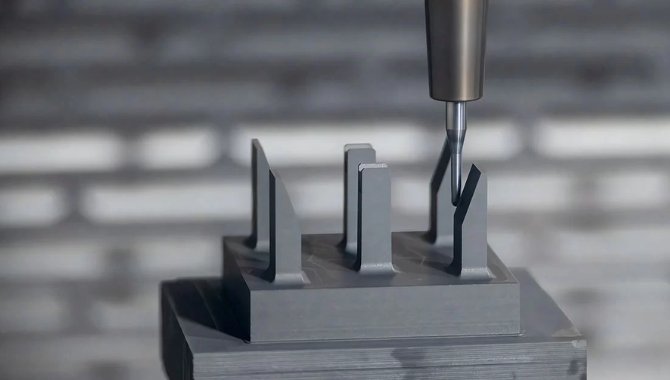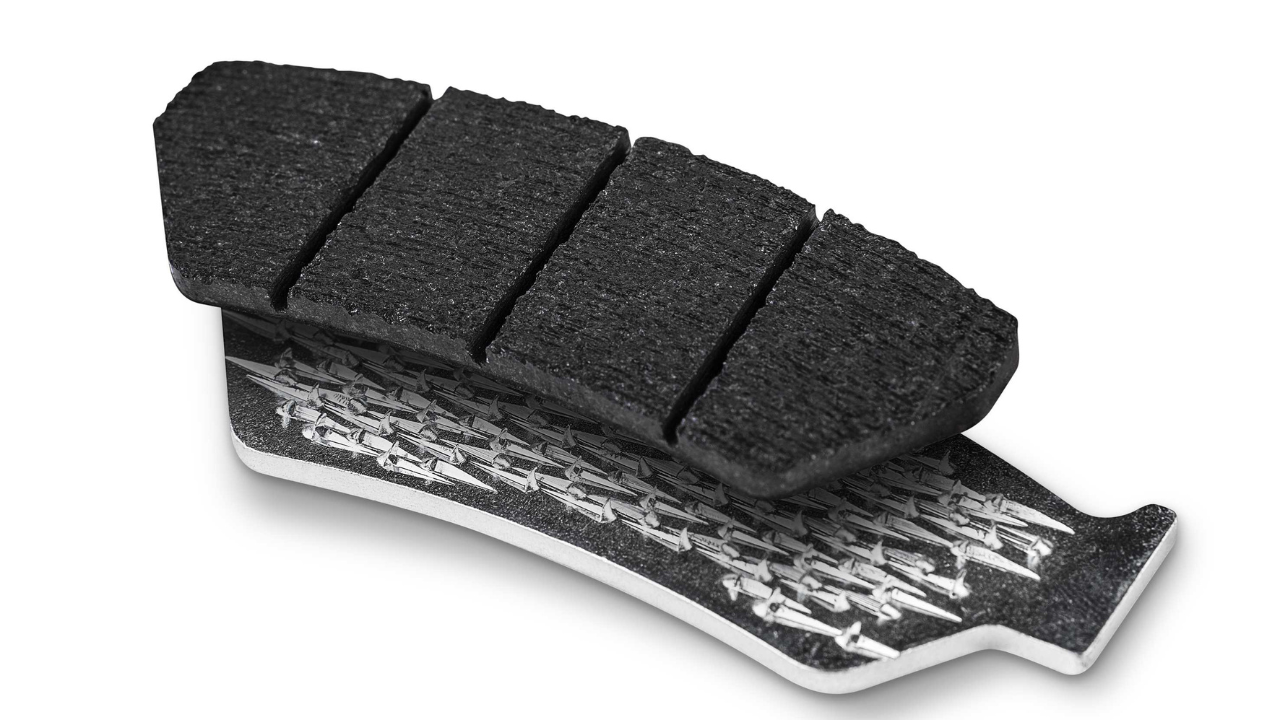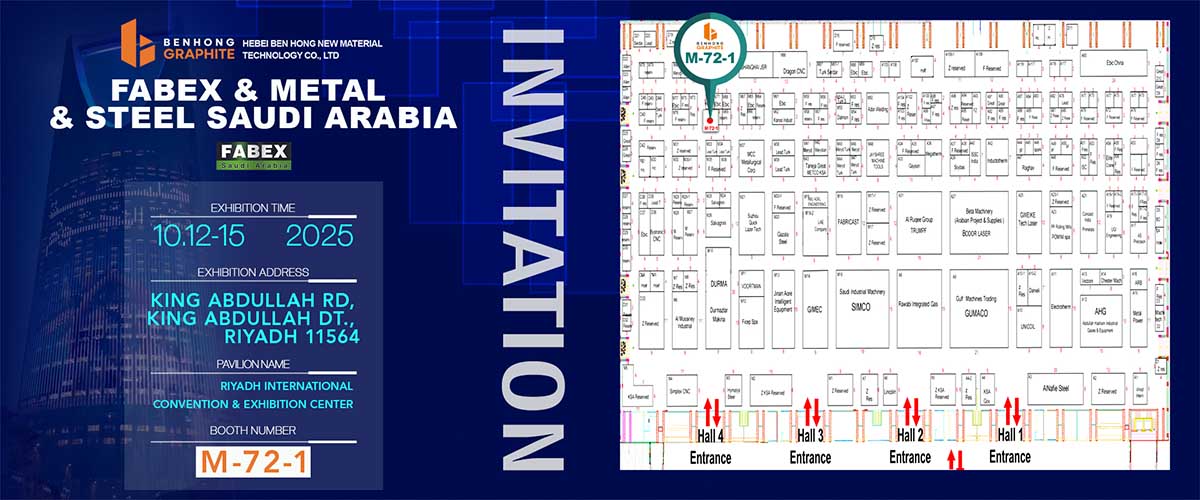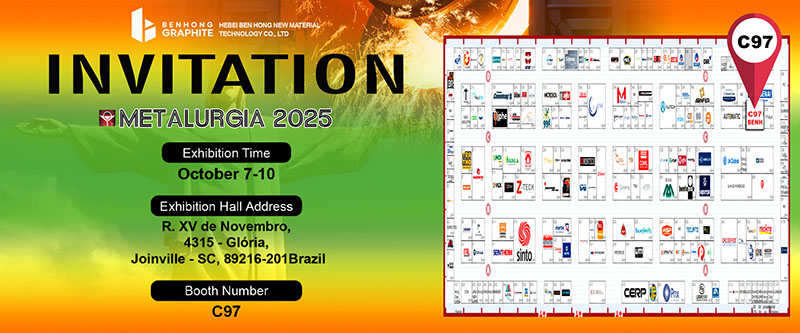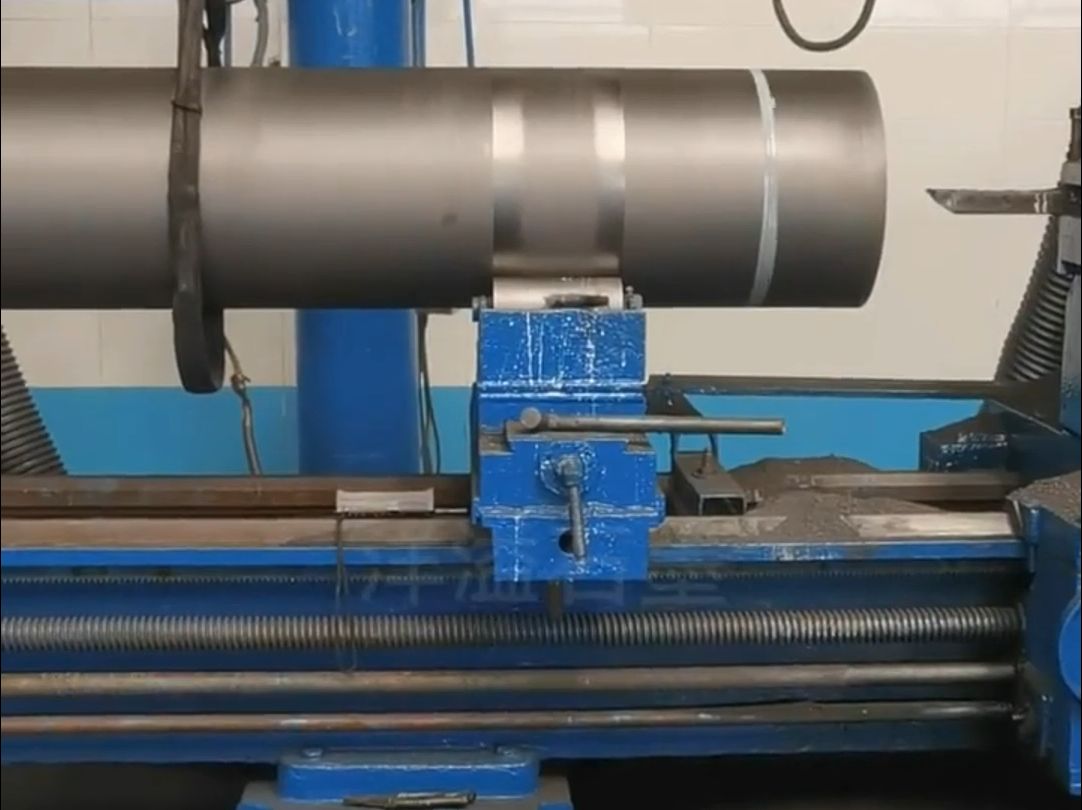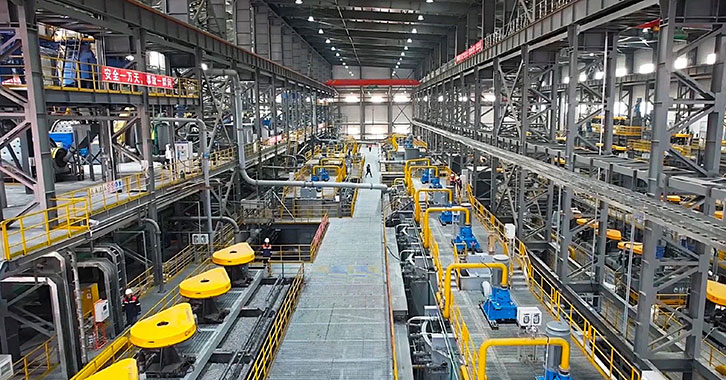Intrinsic Thermal Conductivity
Graphite exhibits exceptional heat transfer capabilities among carbon allotropes, with in-plane thermal conductivity reaching 1500-2000 W/(m·K)—significantly surpassing copper (~400 W/(m·K)). This originates from:
-
Delocalized π-electron system via sp² hybridization
-
Rigid lattice structure with strong covalent bonds
-
Phonon-dominated heat transfer mechanism (~4300 W/(m·K) at room temperature)
Key Thermophysical Parameters
| Property | Value Range | Physical Significance |
|---|---|---|
| CTE | 1.0×10⁻⁶ K⁻¹ | Superior dimensional stability at high temperatures |
| Thermal Shock Resistance | ΔT>1000℃ | Synergy of low elastic modulus (≈10 GPa) and high strength |
| Specific Heat Capacity | 706.9 J·kg⁻¹·K⁻¹ | Energy storage per unit mass |
| Sublimation Point | 3650℃ (1 atm) | Direct solid-gas phase transition |
| Operating Range | -200~3300℃ | Structural integrity in inert environments |

Temperature Response Mechanisms
-
Enhanced Electron Mobility (100-2500℃)
-
Carrier concentration increases to 10¹⁹ cm⁻³
-
Electrical conductivity boost promotes heat transfer
-
-
Lattice Vibration Evolution
-
Low-T region (<-50℃): Phonon scattering dominance
-
High-T region (>2000℃): Restricted Umklapp processes
-
Oxidation Threshold (>427℃)
Oxidation rate in air:
Industrial Application Matrix
| Sector | Core Function | Critical Parameters |
|---|---|---|
| Electronics Cooling | Thermal interface material | κ∥>1500 W/(m·K) |
| Arc Steelmaking | Electrodes | Withstands 3000℃ plasma |
| Aerospace TPS | Thermal protection | CTE≈0.8×10⁻⁶/K (axial) |
| Crystal Growth | Crucibles | Purity>99.999% |
| Cryogenic Engineering | Seals | Maintains ductility at -269℃ |

Advanced Thermal Management Technologies
-
Highly Oriented Pyrolytic Graphite (HOPG)
-
Thermal anisotropy ratio: κ∥/κ⊥≈200
-
Applied in concentrated PV cooling
-
-
Graphene-Reinforced Composites
-
5wt% addition increases κ by 300%
-
Thermal diffusivity: 120 mm²/s
-
-
Nuclear Reactor Moderators
-
Neutron absorption cross-section: 3.5 mbarn
-
High-T stability (>2500℃ continuous operation)
-

Performance Boundaries
-
Oxidation Prevention: Vacuum <10⁻³ Pa or argon atmosphere
-
Low-T Brittleness Threshold: Isotropic graphite at -170℃
-
Radiative Heat Limit: 7.3 MW/m² blackbody radiation at 3000℃
-
Thermal Cycling Life: >5000 cycles at ΔT=1500℃ (aviation brake standard)
Experimental data: Single-crystal graphite reaches peak κ of 4000 W/(m·K) along (002) plane at 80K, attributed to extended phonon mean free path at cryogenic temperatures.

Material Selection Criteria
-
High-T Applications (>2000℃)
-
Prefer isostatically pressed graphite (density>1.85 g/cm³)
-
Open porosity <15%
-
-
Heat Exchange Systems
-
Thermal anisotropy ratio >100
-
Ash content <200 ppm
-
-
Extreme Environment Seals
-
Fluoropolymer impregnation for densification
-
Thermal shock resistance factor >500 W/m
-
This thermal analysis provides theoretical foundations for material selection in high-temperature systems, particularly critical for nuclear components, hypersonic vehicle TPS, and third-generation semiconductor cooling.

